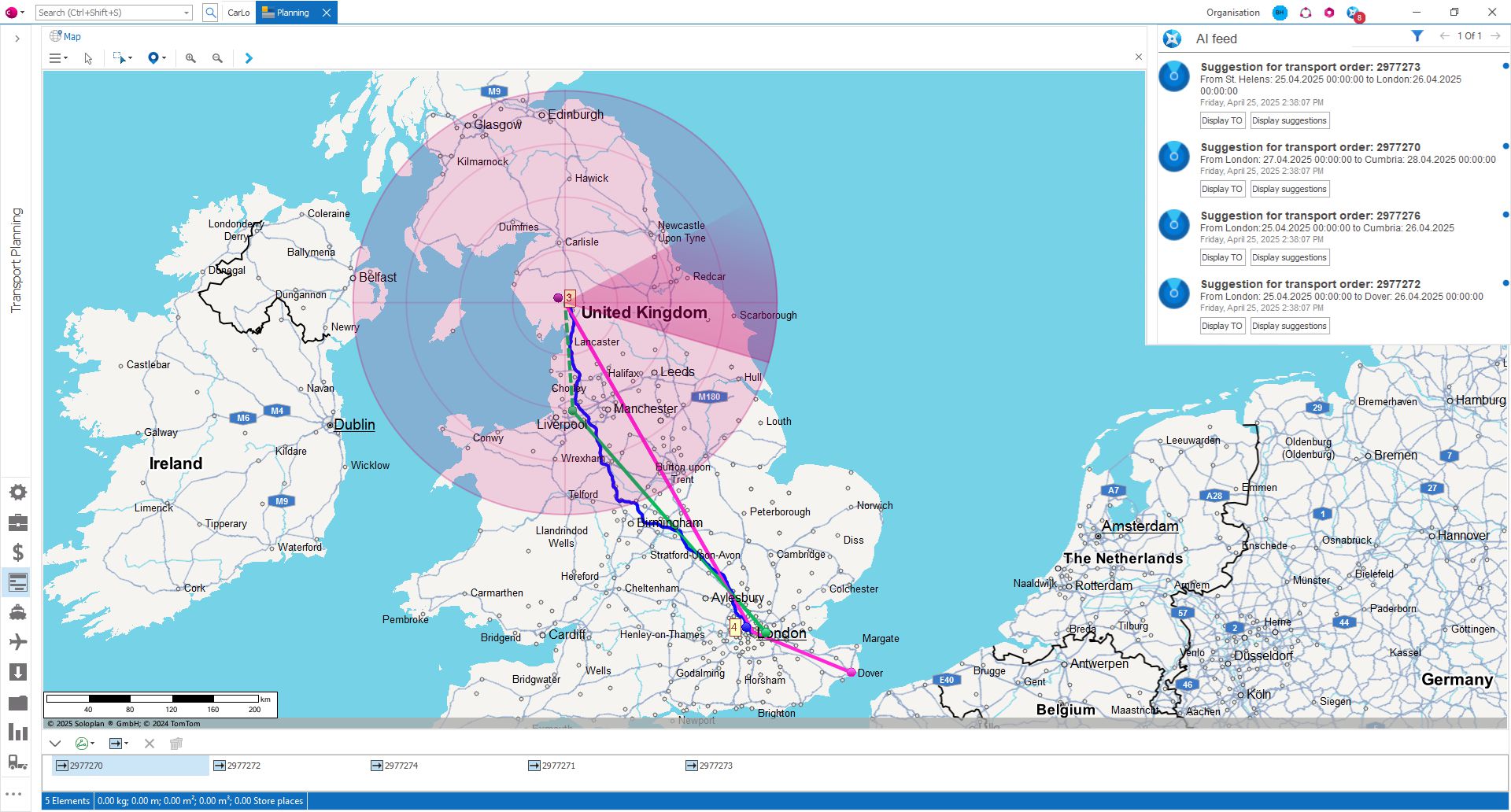As an industrial decision-maker, you probably hear about peers who have automated processes in warehouses and achieved remarkable results. If you’re considering doing the same, start by becoming familiar with the leading warehouse automation companies and the likely benefits of installing their technologies.
Learn About Vendors and Offerings
Specialty service providers optimize your investments through innovative items, services and software. Reputable options also support the chances of meaningful outcomes and successful implementations.
| 1. Arnold Machinery Company: This business has developed a reputation as one of the best warehouse automation companies in the Western U.S. due to its commitment to providing outstanding customer service and needs-based material handling solutions. Free, on-site consultations help you learn about potential ways forward. | 2. Swisslog: As a designer, producer and improver of advanced logistics advancements, this entity pioneers purposeful and results-driven possibilities, partnering with customers at every step. Clients in industries like fashion, grocery, and food processing depend on these enhancements to optimize metrics, boost capabilities and enhance satisfaction. |
| 3. Element Logic: This enterprise has maximized client successes since its 1985 founding. Many offerings encompass automated picking options that target productivity and accuracy. The vendor has a long history of innovation and includes tech such as robots and machine learning in its product assortment. | 4. FORTNA: This organization handles the end-to-end design and production responsibilities of creating data-powered upgrades for throughout supply chains. Users rely on the products to reduce error rates, elevate profitability, and maximize output while incorporating its proprietary processes, tools and algorithms to increase visibility. |
Start researching entities and browse their websites while considering which challenges you hope to solve with automated solutions. Finalizing an estimated budget before scheduling sales calls with shortlisted vendors can also create better outcomes by setting expectations about your planned uses and available resources.
Know What to Expect From Automating Warehouse Processes
Talking to other professionals who have recently automated their facilities helps you learn about the top advantages, common challenges, unexpected outcomes and workers’ responses to processes. What are some of the top automation benefits?
1. Workforce Optimization
Many warehouses face labor shortages caused by employee retirement, high turnover and the time required to train new workers. Automation solves numerous difficulties, allowing companies to accomplish more with smaller teams. Strategically chosen technologies also reduce injury and accident rates, tackling common absence reasons and minimizing the time spent on tedious tasks that reduce employee engagement and satisfaction.
2. High Accuracy
As warehouses become larger and contain more products, verifying item locations and quantities becomes difficult. Automated solutions boost visibility while minimizing manual processes.
In one example, IKEA uses over 250 drones across 73 distribution centers. These automated vehicles count inventory and record missing items or those in the wrong places. Each warehouse contains an average of 5,000 to 8,000 stock-keeping units that the drones track. They even operate in the dark, saving electricity and allowing tasks to occur outside business hours.
3. Growth Potential
Automation becomes an attractive possibility as decision-makers assess practical options to strengthen competitiveness. If your long-term goals include entering new markets or introducing additional products, those aspirations naturally cause growth, and automated solutions facilitate such expansion.
One third-party logistics business integrated an automation solution into its product-picking processes to meet rising customer demands. Executives expect the improvement will boost output rates by over 40% while equipping crews to enhance their results. Similarly, automated storage and retrieval systems feature compact designs that let users store larger quantities of products without expanding property footprints.
4. Beneficial Collaboration
Although many discussions center on robots replacing workers, most current successful solutions have humans working alongside them. These innovations feature several built-in safety features that protect people while eliminating the error-prone parts of their tasks. Robotic equipment can do single responsibilities for hours, whereas monotonous duties make employees tired or frustrated.
Specialized warehouse robots excel at repetitive tasks, letting humans use their creativity and problem-solving skills more often. Amazon uses a proprietary robotic system called Sequoia to optimize facility layouts and keep products closer to the customers who buy them. It accelerates inventory identification and storage as much as 75% with mobile robotics. Machines bring items directly to containers or employees preparing shoppers’ orders.
5. Flexibility and Responsiveness
Rapid supply changes demand quick, informed adjustments. Warehouse automation enables those improvements, helping decision-makers accommodate additional customers, expand workforces and remain relevant in a competitive industry.
You may use analytics platforms and warehouse management systems to track trends, find optimization opportunities and monitor processes. Automation addresses identified challenges so you can respond to new developments or changing requirements. They also increase awareness of bottlenecks, quality control issues or other problems, allowing you to fix them sooner.
Prioritize Automation Investments Today
Whether you focus on picking, storage or another area, specialized technologies from the best warehouse automation companies accelerate processes, tighten quality control and make tasks more rewarding. After choosing and installing your products, consider selecting several key performance indicators to track.
These show if you are on track to achieve particular goals or need additional adjustments for better results. Sharing those metrics with employees also keeps them accountable and motivates them, demonstrating that automated equipment streamlines work and brings satisfying outcomes.





